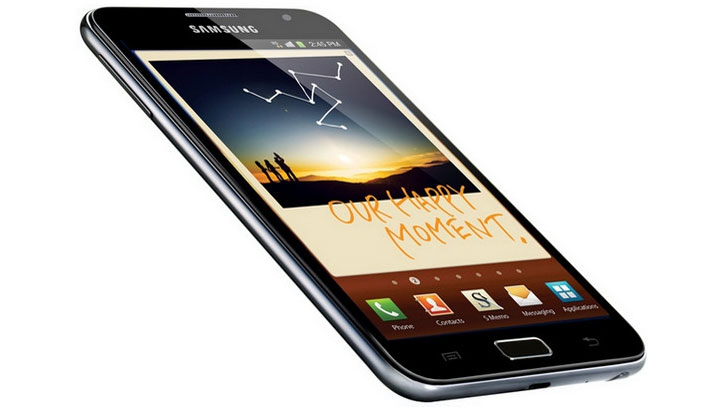Why you can trust TechRadar
On paper, the Samsung Galaxy Note should give amazing battery life since it has a 2,500mAh power pack in there. In practice though, while it is good, it's not necessarily amazing. But it all depends on your use.
It's hard enough to match the manufacturers' estimates at the best of times because individuals have their own needs and demands placed on their devices.
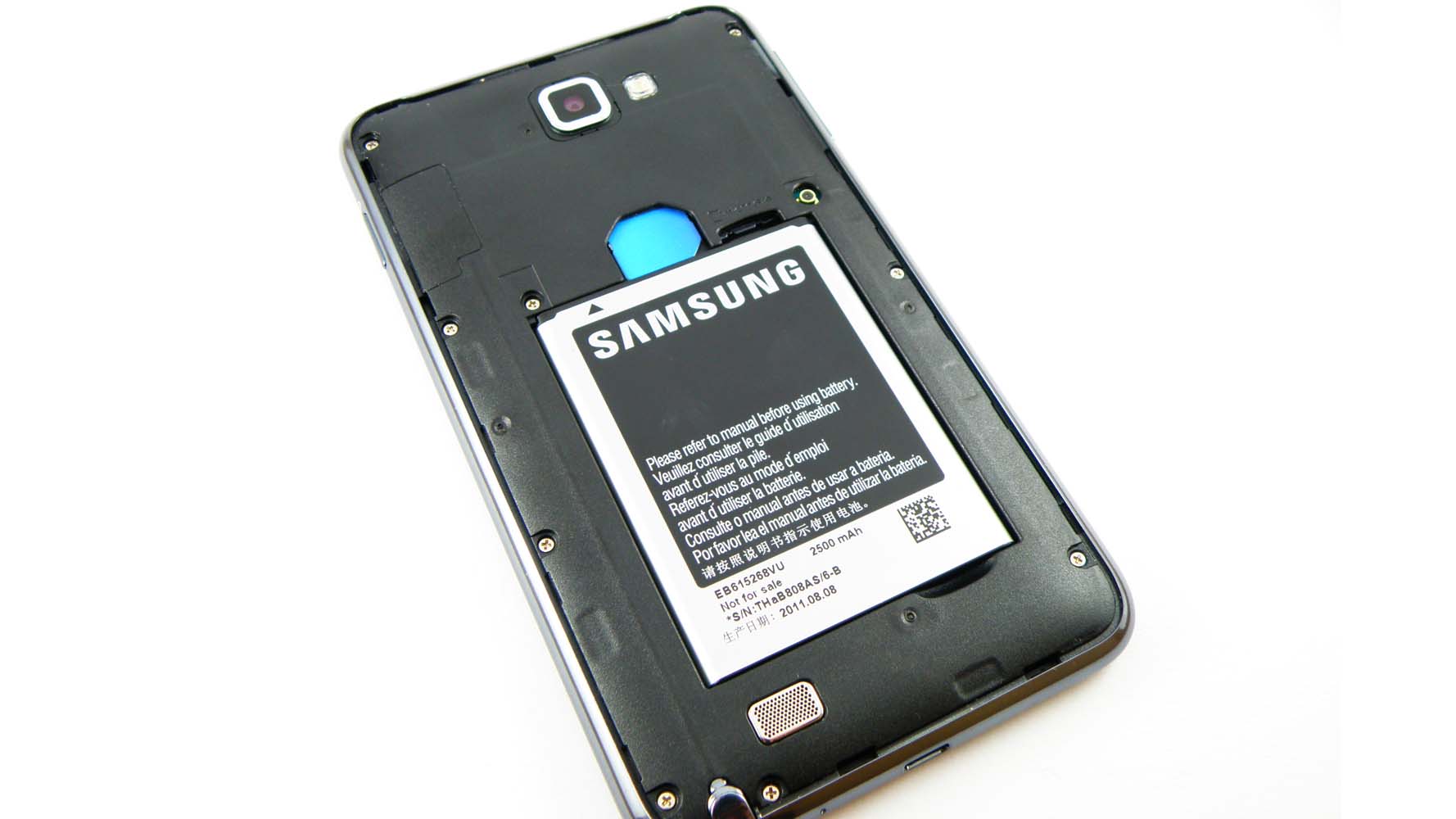
Perhaps tellingly, Samsung hasn't even bothered to put estimated talk and standby times on the specs page of the Samsung Galaxy Note website.
Those who use this as their phone will get through juice a lot quicker than those who carry it around in a bag as a tablet and are maybe more economical with their usage.
Check out our Samsung Galaxy Note battery test video:
Our testing involved the former and we were easily able to get a full day of moderately heavy usage out of it.
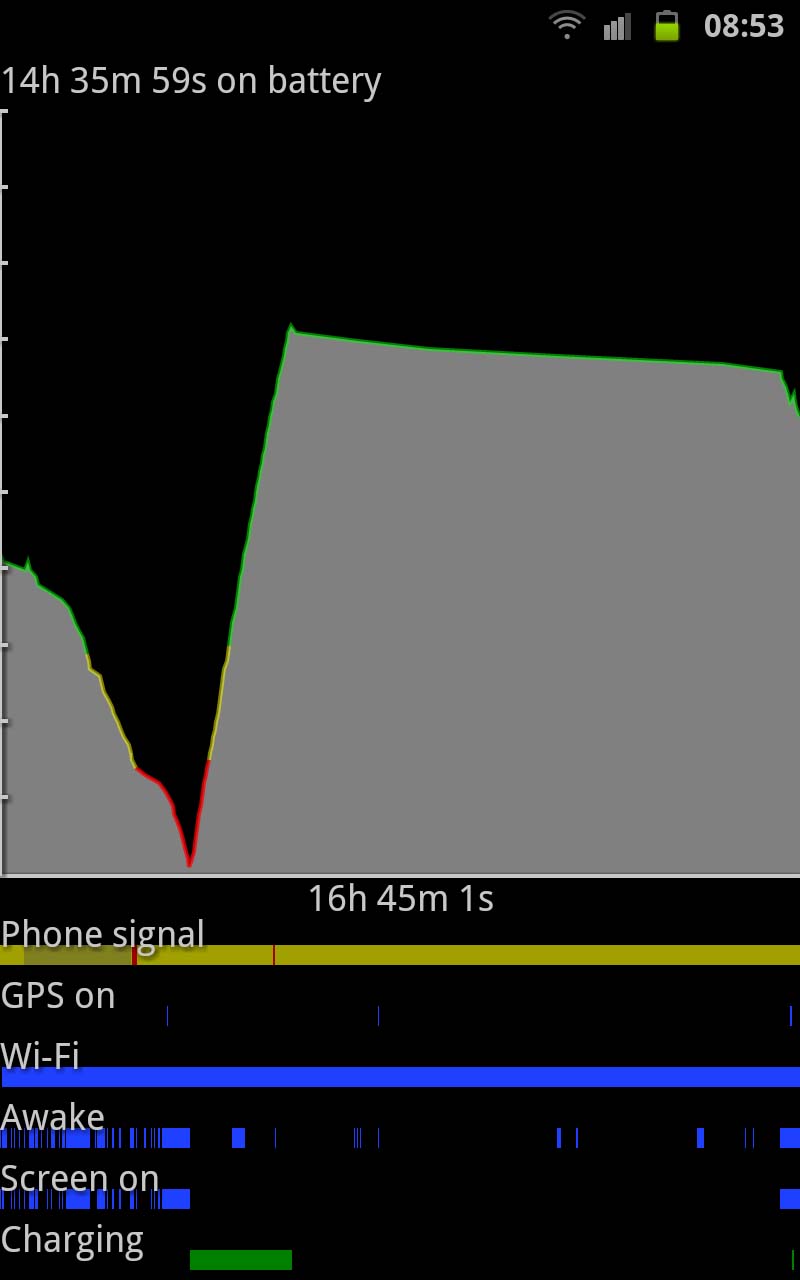
The Samsung Galaxy Note came off charge at 5:45am and was used for about an hour of catching up on Twitter, reading the news headlines and checking emails. We also took a handful of photos.
Over the course of the day, we did an hour's drive with music streaming to the Bluetooth car stereo and watched an episode of Spooks on the screen.
Then we played a couple of games for about 20 minutes, listened to the FM radio and music applications for about 20 minutes, and got through about 90 minutes' worth of web browsing.
At 7pm, we were down to 15% and then that dropped to 7% by 10pm (with very little usage).
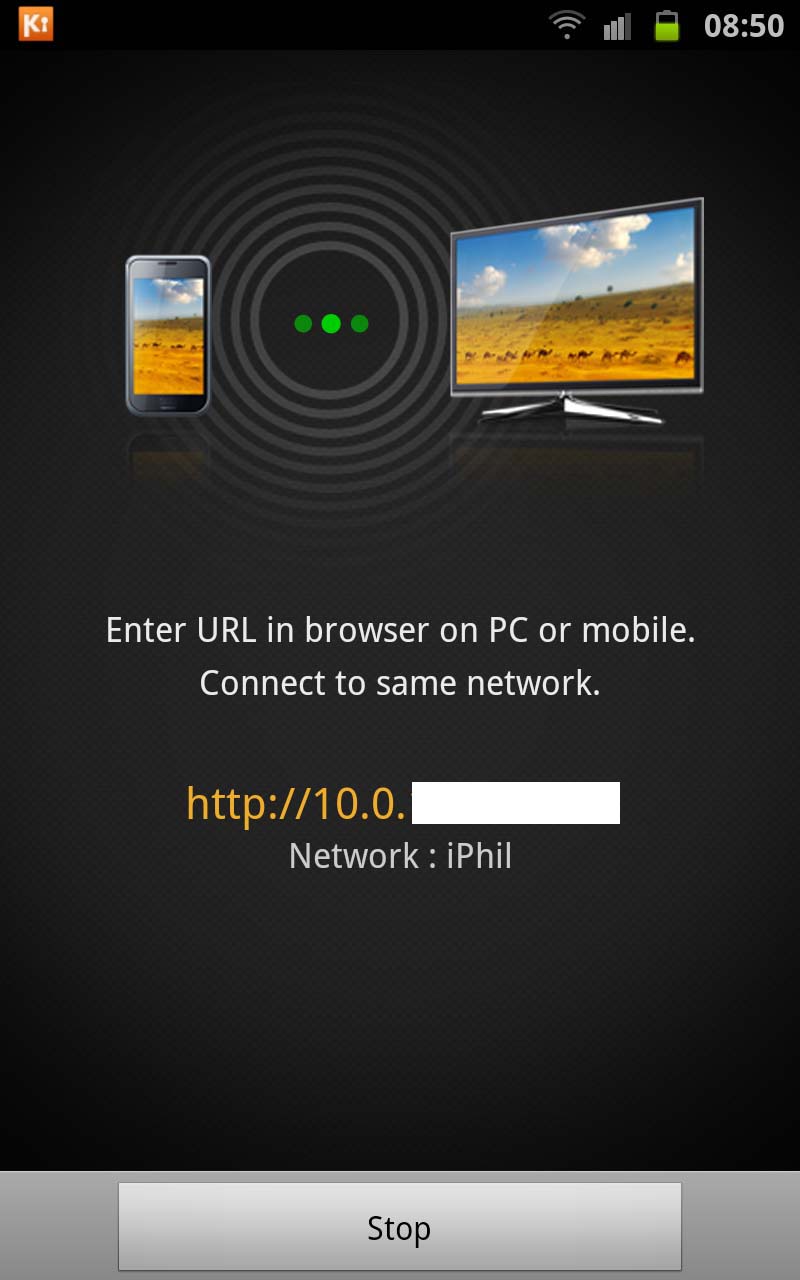
That's pretty much on a par with what we get from an Samsung Galaxy S3 with the standard 2100mAh battery, but we're not surprised because although the battery is larger, so is that screen.
And boy, does this display love to guzzle battery power.
You're tooled up for connectivity with all of the usual suspects in here, from Wi-Fi and Bluetooth to HSDPA+ and DLNA.
Although Wi-Fi did lock on, we weren't massively impressed with the signal strength.
We've always found the Samsung Galaxy S2 to be not as capable of getting a full signal as an iPhone (even when placed on the router) and were shocked to see that the Samsung Galaxy Note's signal was even weaker.
It didn't affect browsing at home but this could be an issue in larger areas when hunting for (and trying to stay connected to) hotspots.
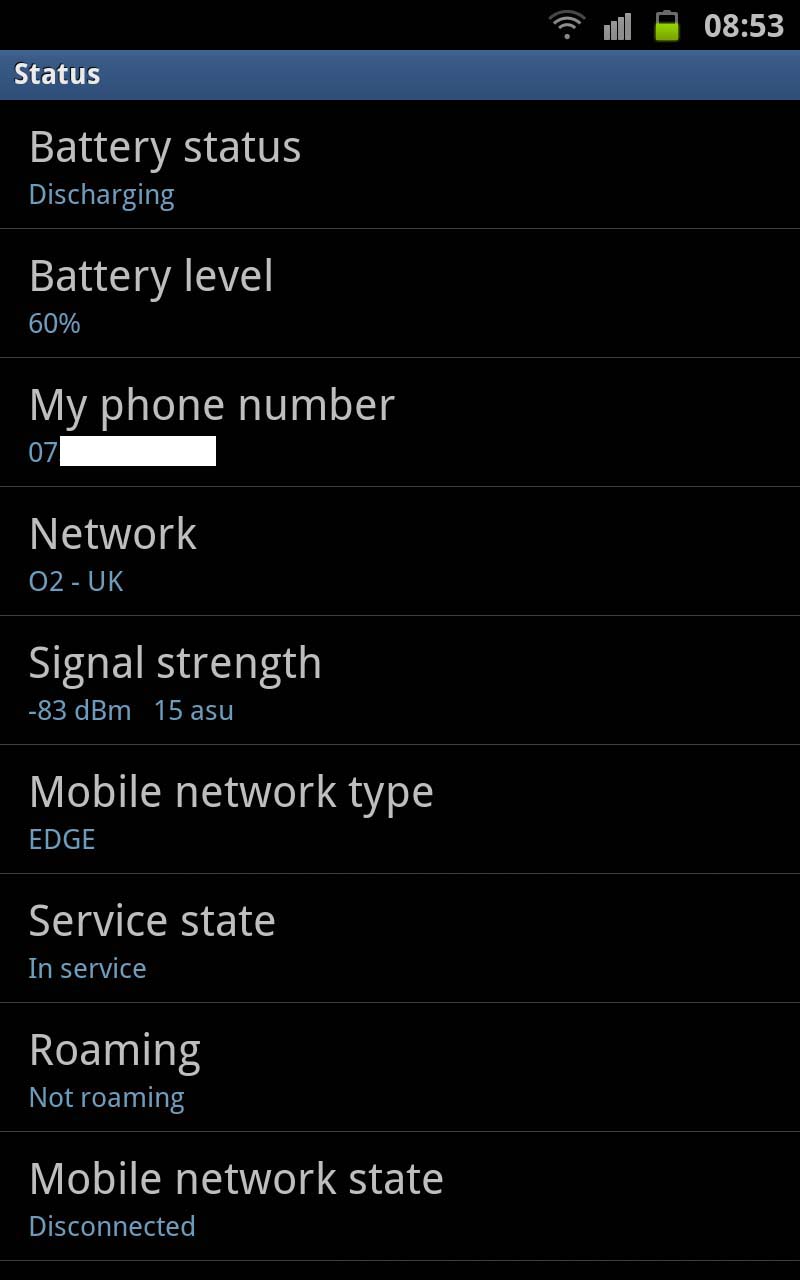
You can also use Wi-Fi for Wi-Fi direct (think Bluetooth file transfer but using Wi-Fi instead) and there is Samsung's Kies software for transferring media which allows you to do it via the actual computer programme or over Wi-Fi using a web browser.
It's all very advanced, easy to use and works as it should.
If you have a USB stick, you can actually connect it directly to the Samsung Galaxy Note and read from it (via a micro USB adapter) which is a great addition and makes this even more of a computing device than just a phone.
If you want to share your connection, you can tether by cable or by making this a mobile hotspot, though beware that networks will think it's Christmas if they find out.
